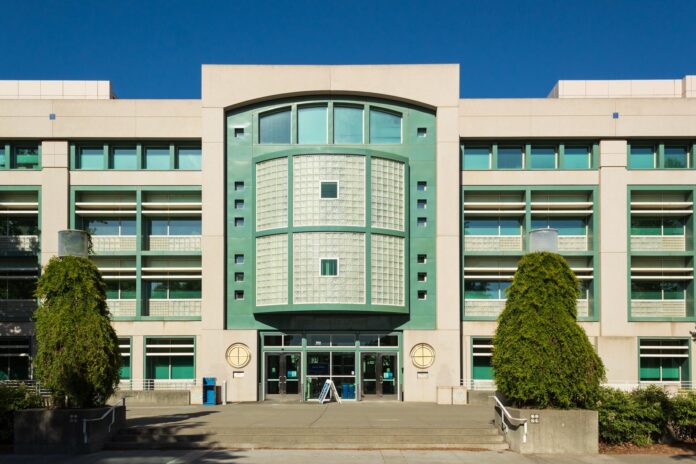The Depression-era programs have left a lasting physical imprint on Northern California
Ask yourself: what do Shields Library, the Davis Central Park restrooms and the iconic Tower Bridge in West Sacramento all have in common?
If you’re a 20th century history buff or studying to become an architect, you might know. But for those who don’t, the answer may come as a surprise. They were all built as a part of projects funded by the New Deal programs of the 1930s. Whether it was when you were walking down the street in Downtown Davis or making your way through one of Sacramento’s countless parks, odds are you have passed by some of the enduring physical legacy of Franklin Delano Roosevelt’s New Deal.
Enacted amid the Great Depression, the New Deal intended to provide immediate economic support and financial reform in the U.S. These efforts ranged from the formation of government agencies like the Social Security Administration to major changes in regulatory fiscal policy, all with the intention of restoring the broken American economy. Two of the programs most responsible for the New Deal’s architectural legacy were the Public Works Administration (PWA)—enacted as a part of the First New Deal in 1933-34—and the Works Projects Administration (WPA), which was established by the much more ambitious and controversial Second New Deal of 1935-36.
The intentions of programs like the WPA were two-part: providing jobs to the unemployed while building up America’s infrastructure system. At its peak in 1938, the WPA employed 3.3 million people. In the end, 8.8 million jobs were created by the program.
“The workers would be helped by getting paychecks. Then they would spend their salaries on consumer goods, thus helping the economy as a whole to recover,” said Kathryn Olmsted, a UC Davis history professor and current interim chair of Gender, Sexuality and Women’s Studies, via email. “At the same time, the economy and the people of the United States would benefit from the roads, bridges, schools, airports, public art and other projects of the WPA.”
The aesthetic provoked by the New Deal would become known as “PWA Moderne,” a unique architectural style heavily influenced by the French traditions of Art Deco and the neoclassical Beaux-Arts. The style favored linear and geometric decorative components, and the monumental aims of much of the New Deal’s engineering projects ensured that these buildings would leave a lasting physical and cultural legacy.
“The PWA and WPA definitely had a lasting cultural impact,” Olmsted said via email. “More generally, the art and architecture and public works projects of the New Deal continue to surround us and to influence artists and architects today.”
The PWA post office style, in particular, Olmsted noted, has become instantly recognizable. In the Sacramento metropolitan area, it’s easy to see the influence.
The north wing of Shields Library—presently containing the 24-Hour Study Room and Main Reading Room—for example, was completed as part of a PWA program in 1940. The oldest high school in Sacramento, C.K. McClatchy High School in the Land Park neighborhood, was likewise constructed in 1937 with funds garnered from both local sources and the PWA. It continues to be home to around 2,000 students.
The projects constructed by the PWA and WPA also helped spur the advancement of other architectural styles. The old Davis City Hall, notable for its iconic Spanish Colonial Revival look, was constructed by the WPA in 1938, and has since been used as a fire station, police station and most recently, as a component of the recently-closed Bistro 33. The Tower Bridge, linking West Sacramento and Yolo County to the state capital, was built using a unique Streamline Moderne style. It has since become an iconic symbol of Sacramento.
So next time you’re logging a late night study session in Shields Library—or reminiscing on your alcohol-laden antics at Bistro 33’s Mojito Night—try to see if you can remember what programs were responsible for building the structures you use to this day. You might even impress someone with your worldliness (no guarantees).
Written by: Brandon Jetter — arts@theaggie.org




